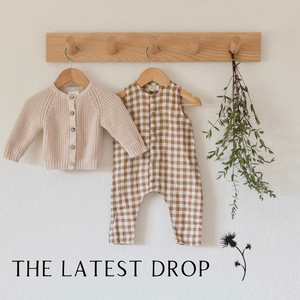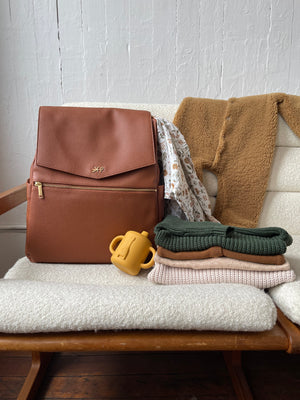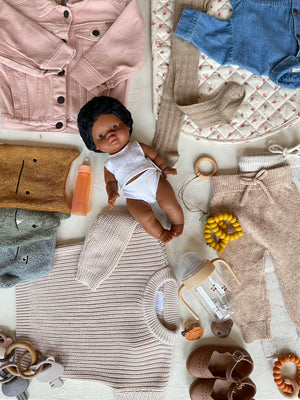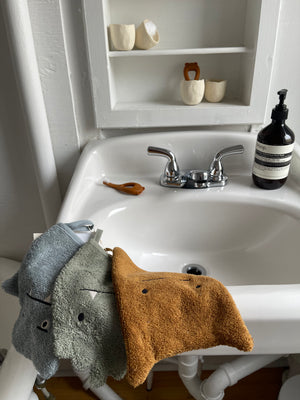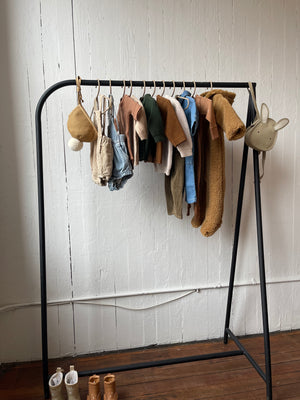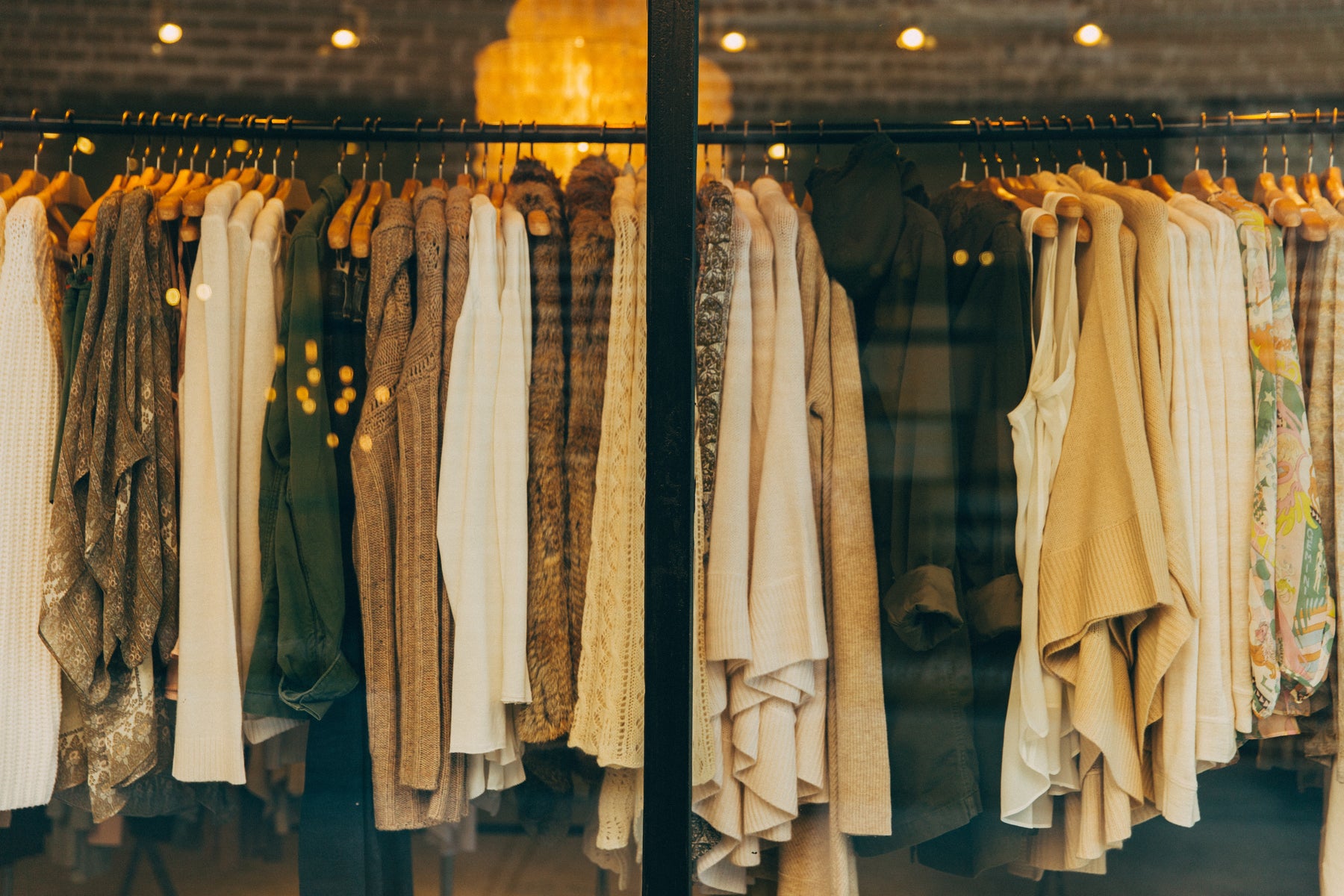
The Dark Side Of Fashion | How Fast Fashion Is Destroying our Planet
By Sydney Sedgman | March 15, 2022
Ahhh fast fashion. I must admit, I am easily persuaded to keep up with new styles and try out the new trends, but have you ever thought really about where your clothing goes when you're done with it?

Did you know 85% of textiles are thrown away every year? That includes tons of unused or unsold clothes…And that's just in the US alone. To give you a bigger picture of just how detrimental global textile waste is, imagine almost 6000lbs of clothing being dumped in a landfill or burned every second of the day. This is the current reality of the fast fashion industry.
Can’t we just recycle them?Nope. The problem is that 60% of these textiles are not recyclable, which is why they end up in the landfills. Because the fashion industry is trying to maximize on the current trends, these garments are produced cheaply and distributed quickly. The turn over rate in this industry is just about 2 weeks, and in order to fulfill this fast turn over the garments are made with plastic and synthetic fibres such as polyester, nylon, acrylic, ect. These fibres are almost impossible to recycle or compost.
But wait, there's more. The Fashion Industry is the second largest polluter in the world.Not only does the fast fashion industry contribute 11 million tonnes to the landfill, it’s also the second largest polluter in the world, just after the oil industry. The environmental damage keeps increasing as the fashion industry grows. As of 2019, reports showed that 62 million metric tons of apparel were consumed globally. This industry accounts for almost 10% of global carbon emissions and nearly 20% of water waste. The fresh water used in the process is dyed and bleached with harmful chemicals that are then released back into the ecosystem, tainted, rendered toxic, undrinkable and otherwise polluted. The production of these textiles is depleting our resources.. Think about it this way.. It takes up 10,000 litres of water just to produce one kilogram of cotton. Let’s visualize that for a second. That one kilogram of cotton can produce one pair of jeans, and since cotton grows in dry environments, we would need about 7000-10,000 litres of water for one pair of jeans. That is 10 years worth of drinking water for just one person.
So, What Now?Great question. It is our responsibility as consumers to do our own research to ensure the brands we purchase from align with our environmental values. Here are a few things to keep in mind before purchasing new clothing.
- Look for natural fibres
- Buy less, better quality items
- Buy clothes made locally
- Choose sustainable brands
- Wash clothes only when you need to
Have you ever noticed articles purchased from big box stores begin to deteriorate after just a few washes? Low quality clothing isn't made to last and will be thrown out after a few wears. Of course sustainable articles come with a higher price which can be daunting and off putting, but investing in clothing that are durable and well made will offer your clothing more longevity. Just by wearing your clothing for more than 9 months decreases its environmental footprint by 25%.
Consignment
“Secondhand clothing is giving clothes a second life and it's slowing down that fast-fashion cycle,” says Fee Gilfeather, a sustainable fashion expert at charity Oxfam. “So I would say secondhand (clothing) is actually one of the solutions to the overconsumption challenge.”
Of course shopping consignment plays a huge role in cutting down garment waste. Consignment stores alone helped recycle 14 percent of clothing per year, that's 1.5 million tonnes of clothing that was given a new life. Shopping consignment and a closed loop fashion cycle is the next step towards a sustainable fashion movement.

